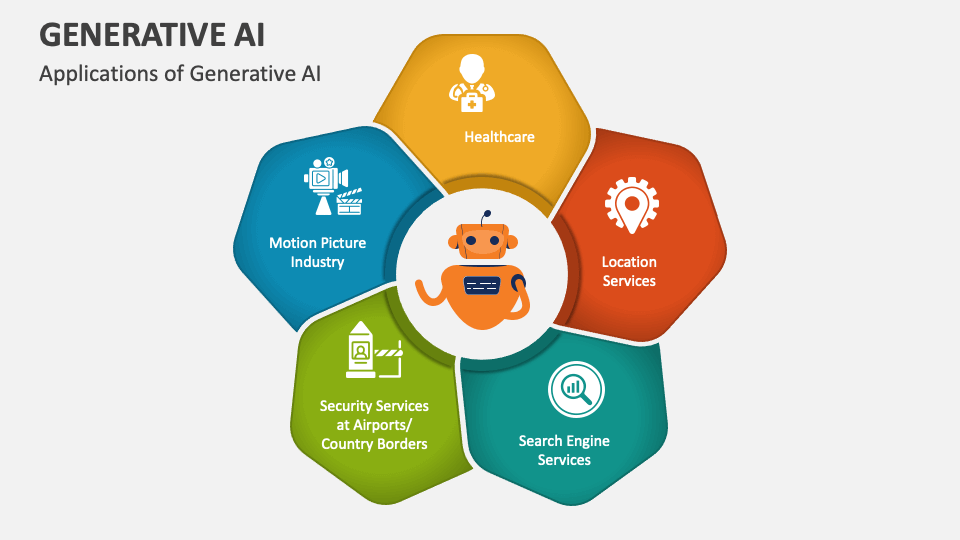All Categories
Featured
A lot of AI firms that educate large versions to generate text, images, video clip, and audio have actually not been transparent about the material of their training datasets. Numerous leakages and experiments have exposed that those datasets consist of copyrighted product such as books, news article, and flicks. A number of legal actions are underway to establish whether use of copyrighted material for training AI systems makes up reasonable use, or whether the AI business need to pay the copyright holders for use their product. And there are of training course several groups of bad things it might in theory be made use of for. Generative AI can be made use of for tailored scams and phishing assaults: For instance, using "voice cloning," scammers can replicate the voice of a specific person and call the individual's family members with a plea for aid (and cash).

(Meanwhile, as IEEE Range reported this week, the U.S. Federal Communications Payment has actually responded by outlawing AI-generated robocalls.) Image- and video-generating tools can be made use of to create nonconsensual porn, although the tools made by mainstream firms refuse such usage. And chatbots can theoretically walk a would-be terrorist through the actions of making a bomb, nerve gas, and a host of other horrors.
What's even more, "uncensored" versions of open-source LLMs are around. In spite of such potential issues, lots of people believe that generative AI can also make individuals much more effective and could be made use of as a tool to make it possible for completely brand-new forms of creativity. We'll likely see both disasters and innovative flowerings and plenty else that we do not anticipate.
Discover more concerning the mathematics of diffusion designs in this blog post.: VAEs consist of 2 semantic networks usually referred to as the encoder and decoder. When given an input, an encoder converts it into a smaller sized, extra dense representation of the information. This pressed representation preserves the details that's needed for a decoder to rebuild the initial input information, while disposing of any irrelevant details.
This enables the customer to easily sample new unexposed representations that can be mapped with the decoder to generate unique information. While VAEs can produce results such as photos quicker, the images produced by them are not as outlined as those of diffusion models.: Uncovered in 2014, GANs were thought about to be the most generally utilized method of the three before the current success of diffusion designs.
The 2 designs are educated with each other and obtain smarter as the generator produces better content and the discriminator gets far better at finding the generated material - Can AI improve education?. This procedure repeats, pressing both to continually boost after every version till the generated material is identical from the existing web content. While GANs can give top notch examples and produce results quickly, the sample variety is weak, therefore making GANs better fit for domain-specific information generation
Deep Learning Guide
One of one of the most preferred is the transformer network. It is necessary to understand exactly how it operates in the context of generative AI. Transformer networks: Similar to reoccurring semantic networks, transformers are created to process consecutive input information non-sequentially. Two devices make transformers especially proficient for text-based generative AI applications: self-attention and positional encodings.

Generative AI starts with a structure modela deep discovering model that serves as the basis for multiple various kinds of generative AI applications. The most usual structure versions today are huge language designs (LLMs), created for text generation applications, but there are additionally structure models for photo generation, video clip generation, and audio and music generationas well as multimodal foundation models that can support a number of kinds content generation.
Discover more regarding the background of generative AI in education and learning and terms linked with AI. Find out more concerning how generative AI functions. Generative AI tools can: React to prompts and questions Create pictures or video clip Summarize and synthesize info Modify and modify material Create creative jobs like music make-ups, stories, jokes, and rhymes Create and deal with code Manipulate information Produce and play games Capacities can differ dramatically by tool, and paid versions of generative AI devices usually have specialized features.
Generative AI devices are continuously learning and advancing but, since the date of this magazine, some constraints consist of: With some generative AI devices, regularly incorporating genuine study into text stays a weak capability. Some AI tools, for instance, can generate text with a referral listing or superscripts with web links to sources, but the recommendations typically do not match to the message created or are fake citations made from a mix of actual magazine info from numerous resources.
ChatGPT 3.5 (the cost-free variation of ChatGPT) is trained using information available up until January 2022. Generative AI can still compose potentially inaccurate, simplistic, unsophisticated, or biased feedbacks to questions or motivates.
This list is not extensive yet includes a few of the most commonly used generative AI devices. Devices with free versions are suggested with asterisks. To request that we include a tool to these checklists, contact us at . Evoke (summarizes and manufactures sources for literature evaluations) Talk about Genie (qualitative research AI aide).
Latest Posts
How Do Ai Startups Get Funded?
What Are The Risks Of Ai?
What Is Autonomous Ai?